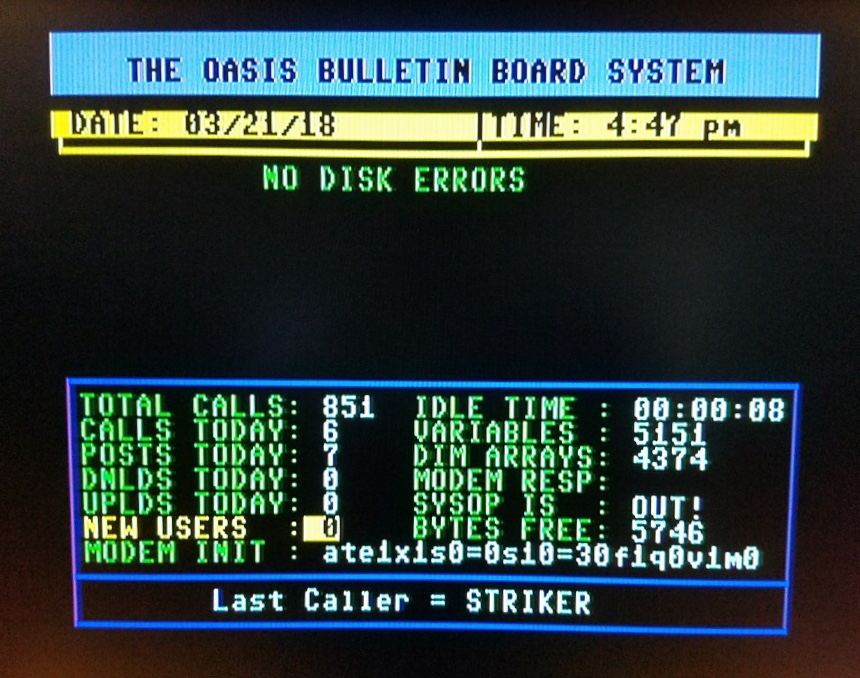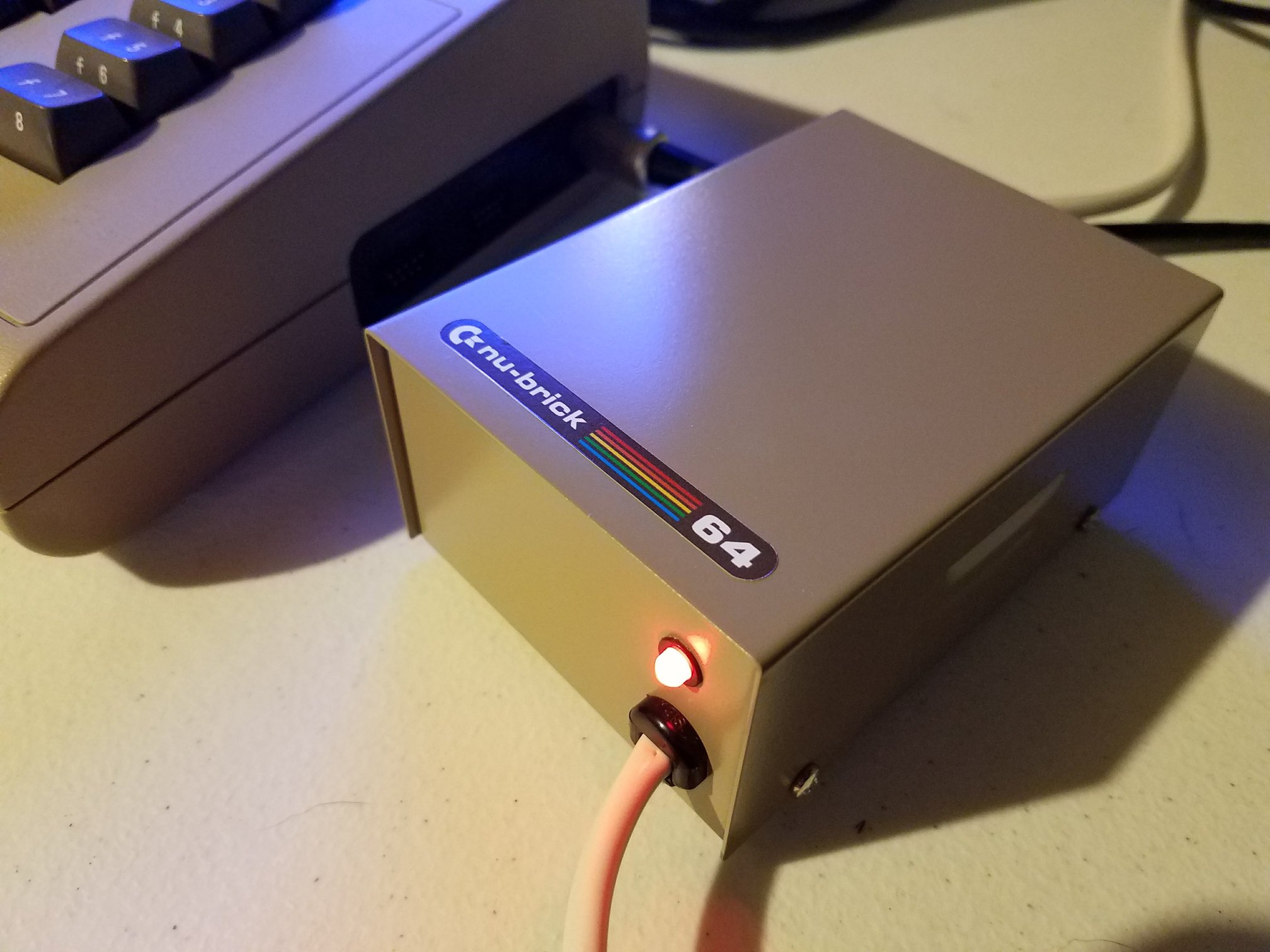C64 Sprite Graphics Explained continues TheStuffMade’s assembly programming series with a detailed look at graphics and animation. The episode begins by addressing a CBM PRG Studio update that causes issues when running code. To help viewers, TheStuffMade shares a link to the earlier, stable version. Once that’s out of the way, the focus shifts to creating and understanding sprites and character graphics.
He also introduces a helpful browser-based PETSCII Editor. This online tool lets users design sprites, test layouts, and preview colors directly before exporting their work into assembly code. It simplifies experimentation and speeds up the creative process.
Creating Single-Color and Multi-Color Sprites
The video explains how the Commodore 64’s sprites are built from 64 bytes of data, measuring 24×21 pixels. Viewers quickly learn why the system uses such specific dimensions and how only eight sprites can appear on screen simultaneously.
Next, TheStuffMade compares single-color and multi-color sprites. Multi-color sprites allow three colors per sprite, though two must be shared globally. This trade-off reduces horizontal resolution but gives sprites that classic C64 “wide pixel” style.
To demonstrate, he draws simple characters resembling Pac-Man ghosts, showing how color reuse can bring variety without increasing memory use. It’s a clever way to make unique designs from minimal data.
Building Character Graphics and Game Screens
C64 Sprite Graphics Explained then shifts to character graphics and tile-based screen design. TheStuffMade walks through the Commodore 64’s 40×25 character grid, explaining its 320×200 resolution in high-resolution mode and 160×200 in multi-color mode.
Using the PETSCII Editor, he designs a Pac-Man-inspired maze complete with dots, walls, and power pills. The video shows how to modify the built-in character set and export color data. Once imported into CBM PRG Studio, the exported code automatically creates a playable screen.
This process helps new programmers visualize how the VIC-II chip organizes graphics in memory.
Animating Sprites and Managing Timing
After setting up the maze, TheStuffMade explains how to animate sprites smoothly across the screen. He modifies the code to increment sprite positions frame by frame, demonstrating the basics of motion.
However, without timing control, the sprites move too fast and appear torn. To fix this, he introduces raster line synchronization using memory address $D012. This ensures sprites move one pixel per frame, matching the screen’s 50Hz PAL refresh rate.
By controlling updates with raster timing, movement appears consistent and flicker-free. This approach is crucial for games requiring precise motion.
Conclusion and Next Steps
Episode 3 of TheStuffMade provides practical insights for anyone learning Commodore 64 assembly programming. C64 Sprite Graphics Explained simplifies complex ideas like memory mapping, sprite data, and raster control into clear steps anyone can follow.
TheStuffMade closes by encouraging viewers to download the provided code, experiment with sprite behavior, and prepare for upcoming lessons on interrupts and screen timing.
This episode is a must-watch for retro coders who want to create smooth, colorful graphics on the C64.







